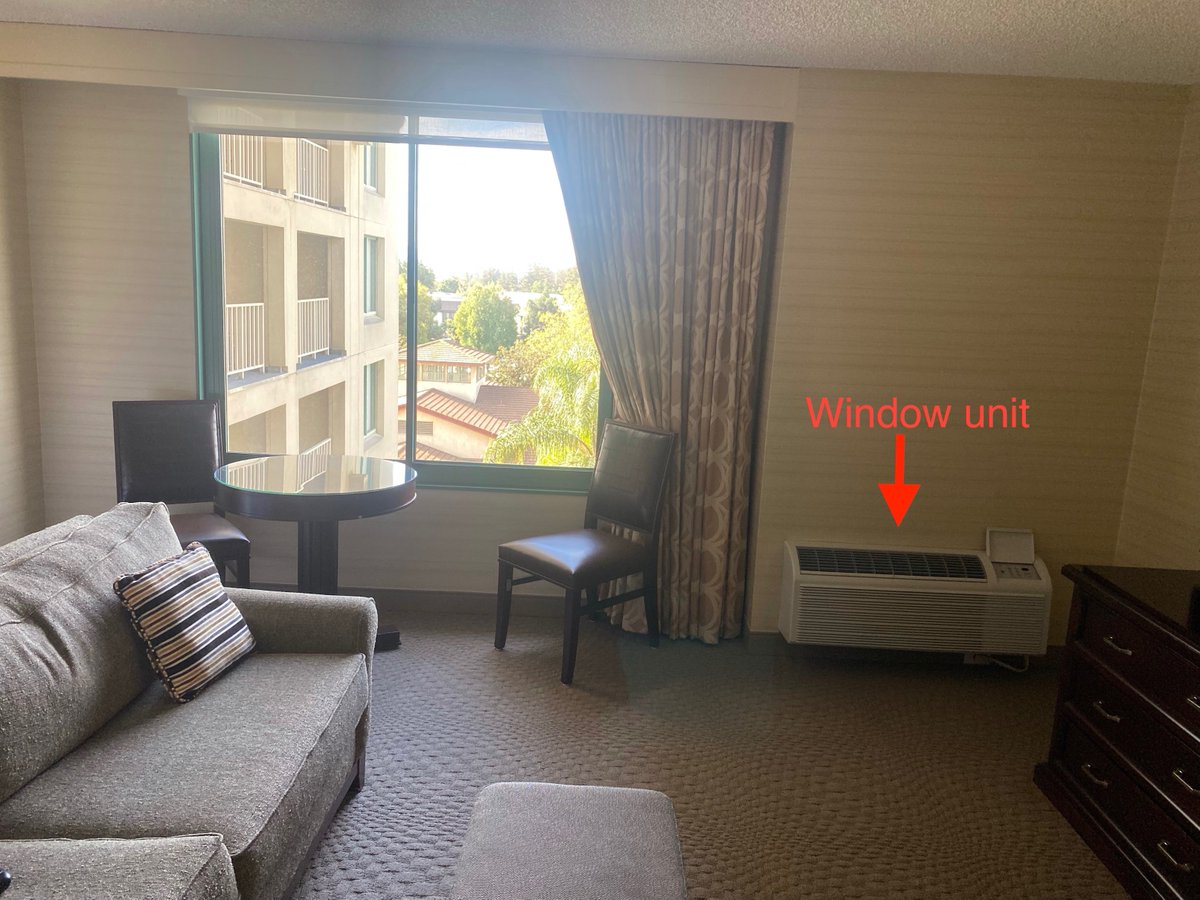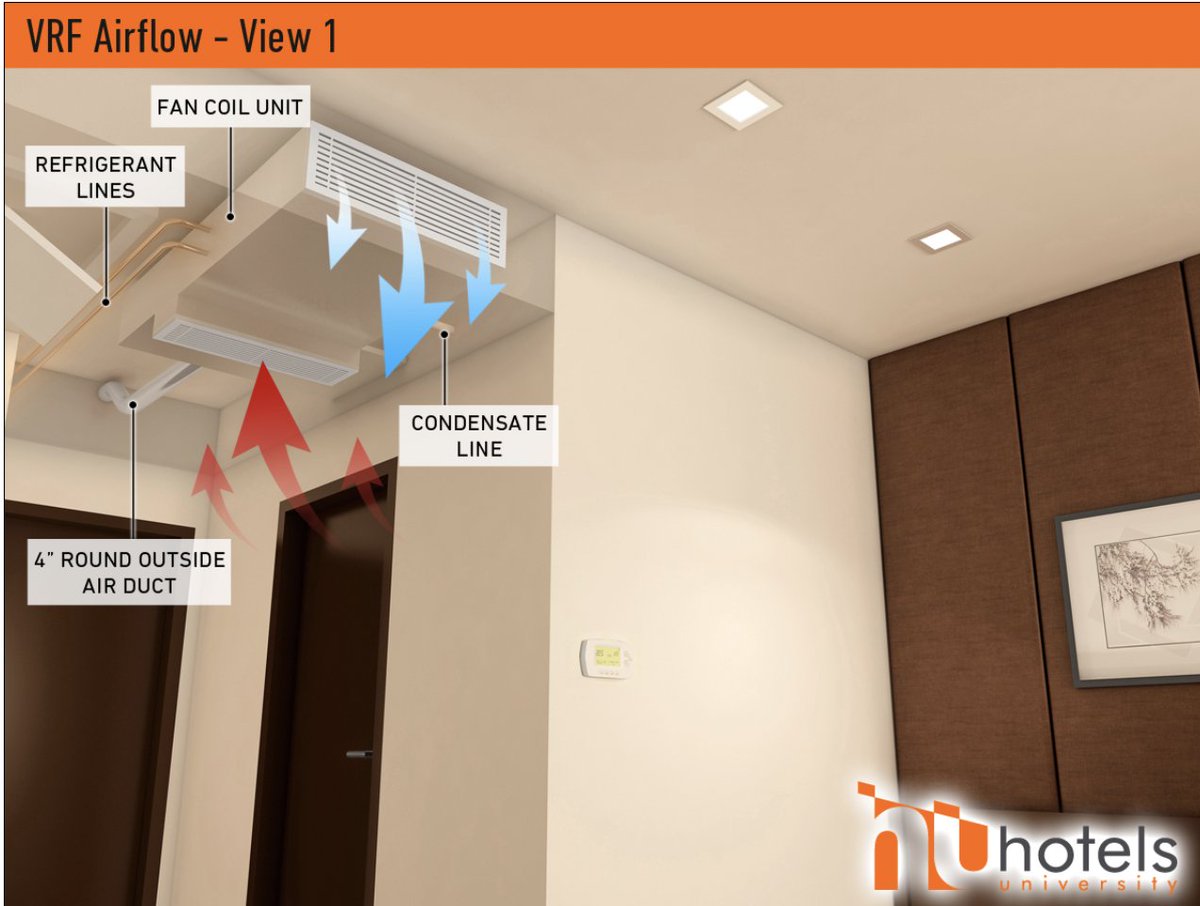Updated 🧵Which air cleaner do I buy?
Type, efficiency, purchase price, replacement cost + filter life, and noise.
New results/charts about Intellipure DFS(TM), Blue Air(TM), and needle point bipolar ionization.
@DavidElfstrom @HuffmanLabDU @Parents4IAQ @RobynSchofield3
Type, efficiency, purchase price, replacement cost + filter life, and noise.
New results/charts about Intellipure DFS(TM), Blue Air(TM), and needle point bipolar ionization.
@DavidElfstrom @HuffmanLabDU @Parents4IAQ @RobynSchofield3
There are three types of air cleaners:
- Subtractive: like filters, will remove the contaminant when it comes in contact with the media
- Additive: like ionizers, will emit ozone/radicals/ROS/etc.. to react with the air (will emit something to remove something)
- Hybrid
- Subtractive: like filters, will remove the contaminant when it comes in contact with the media
- Additive: like ionizers, will emit ozone/radicals/ROS/etc.. to react with the air (will emit something to remove something)
- Hybrid

Filter media (MERV, HEPA), UVGI are proven because Standards/guidelines/>decade of testing exist to test efficiency and by-products.
NO Standard exist today to test additive/electronic air cleaners (none, nada, zero, nul, nula), therefore they are Unproven.
NO Standard exist today to test additive/electronic air cleaners (none, nada, zero, nul, nula), therefore they are Unproven.

Efficiency can be determined using the clean air delivery rate metric (CADR) = airflow of clean air.
For more info: ahamverifide.org/ahams-air-filt…
Rule of thumb: the CADR of your air cleaner should be equal to at least two-thirds of the room’s area to get ~5 ACH.
For more info: ahamverifide.org/ahams-air-filt…
Rule of thumb: the CADR of your air cleaner should be equal to at least two-thirds of the room’s area to get ~5 ACH.

Selection chart of some air purifiers (option 1):
-Start by CADR (y-axis)
- Consider cost (x axis) – the lower the better. This is cost of purchase of unit + replacement of filter per year.
-Consider noise (look at color of the dot).
-Consider >1 cleaner to keep noise down.
-Start by CADR (y-axis)
- Consider cost (x axis) – the lower the better. This is cost of purchase of unit + replacement of filter per year.
-Consider noise (look at color of the dot).
-Consider >1 cleaner to keep noise down.

Selection chart of some air purifiers (option 2):
-Start by area of room (y-axis)
- Consider cost (x axis) – the lower the better. This is cost of purchase of unit + replacement of filter per year.
-Consider noise (look at color of the dot)
-Consider >1 cleaner to keep noise down
-Start by area of room (y-axis)
- Consider cost (x axis) – the lower the better. This is cost of purchase of unit + replacement of filter per year.
-Consider noise (look at color of the dot)
-Consider >1 cleaner to keep noise down

If you are looking for purifiers in Australia/NZ, graph in $AUD here: @RobynSchofield3
Note: Corsi-Rosenthal box data will be added soon (I am missing the noise level!)
https://twitter.com/RobynSchofield3/status/1424979789706797057?s=20
Note: Corsi-Rosenthal box data will be added soon (I am missing the noise level!)
Don’t make the mistake of Dr. Fauci, make sure you are getting enough clean air for what you are paying for (expressed by x-axis $/ft2). You want high CADR with low cost and low noise. 

For example, say that you have a room 400 ft2, you need an air cleaner with CADR ~ 250 CFM. See options in red circle. 

Update: Blue Air (tm) purifier (1/3):
tweet:
New test data:built-envi.com/wp-content/upl…
Graph showing data with and without ionizer next.
tweet:
https://twitter.com/marwa_zaatari/status/1375160654953340939?s=20
New test data:built-envi.com/wp-content/upl…
Graph showing data with and without ionizer next.
Update: Blue Air (tm) purifier (2/3):
When you disable ionizer, the Blue Air purifier (fan and non-HEPA) decreases in performance. Take a look at the chart, much worse performance in terms of $/ft2 compared to other air cleaners. @smartrestartaps
When you disable ionizer, the Blue Air purifier (fan and non-HEPA) decreases in performance. Take a look at the chart, much worse performance in terms of $/ft2 compared to other air cleaners. @smartrestartaps

(3/3)
Blue air (tm) purifier is a powerful ionizer and no-HEPA filtration. High level of ions has been shown to affect negatively cardiac markers (study done on college kids)
The impact on generating harmful gases (VOCs, formaldehyde) were not measured.
Slide by @ChemDelphine
Blue air (tm) purifier is a powerful ionizer and no-HEPA filtration. High level of ions has been shown to affect negatively cardiac markers (study done on college kids)
The impact on generating harmful gases (VOCs, formaldehyde) were not measured.
Slide by @ChemDelphine

Update: Intellipure (DFS) (tm) (1/2)
Old tweets:
New test data:
built-envi.com/wp-content/upl…
Graph showing data with Intellipure (tm) next.
Old tweets:
https://twitter.com/joshpascoe/status/1418262051131101184?s=20
https://twitter.com/linseymarr/status/1415738856834576387?s=20
https://twitter.com/WaringIAQ/status/1415711361838026752?s=20
New test data:
built-envi.com/wp-content/upl…
Graph showing data with Intellipure (tm) next.
Update: Intellipure (DFS) (tm) (2/2)
Look to the far right of the chart...not cost effective when compared to all other models on the chart... @Mssarahmssarah
Look to the far right of the chart...not cost effective when compared to all other models on the chart... @Mssarahmssarah

Old but gold tweet about Sharper image purifier with CADR = 15 cfm:
https://twitter.com/ShellyMBoulder/status/1413645335201828870?s=20
Needle point ionization (1/3):
Graph here compares performance/cost of needle point ionizer versus HEPA filters. Not a good investment.
Graph here compares performance/cost of needle point ionizer versus HEPA filters. Not a good investment.

Needle point ionization (2/3):
Recent studies showed negligible effect on particle removal (field study in office as installed, field study classroom as installed, chamber study x 3, airplane x 2).
@linseymarr @built_envi



Recent studies showed negligible effect on particle removal (field study in office as installed, field study classroom as installed, chamber study x 3, airplane x 2).
@linseymarr @built_envi




Morale of the tweet (1/3):
Choose only air cleaners that have mechanical filtration ( particulate filter media) with MERV 13 or higher or HEPA designation.
MERV 13 and HEPA are proven technologies, most are cost effective.
Choose only air cleaners that have mechanical filtration ( particulate filter media) with MERV 13 or higher or HEPA designation.
MERV 13 and HEPA are proven technologies, most are cost effective.
Be aware of false marketing:
HEPA-like
HEPA-style
99% HEPA
HEPAsilent (tm)
HEPA Ultra Ionic
HEPAFast
HEPA Efficiency
HEPA Function
HEPA Action
Plasma HEPA
Super HEPA
HyperHEPA
HEMPA
are ALL subpar versions of what constitutes a HEPA air filter. Either HEPA or NOT HEPA
HEPA-like
HEPA-style
99% HEPA
HEPAsilent (tm)
HEPA Ultra Ionic
HEPAFast
HEPA Efficiency
HEPA Function
HEPA Action
Plasma HEPA
Super HEPA
HyperHEPA
HEMPA
are ALL subpar versions of what constitutes a HEPA air filter. Either HEPA or NOT HEPA
• • •
Missing some Tweet in this thread? You can try to
force a refresh




















